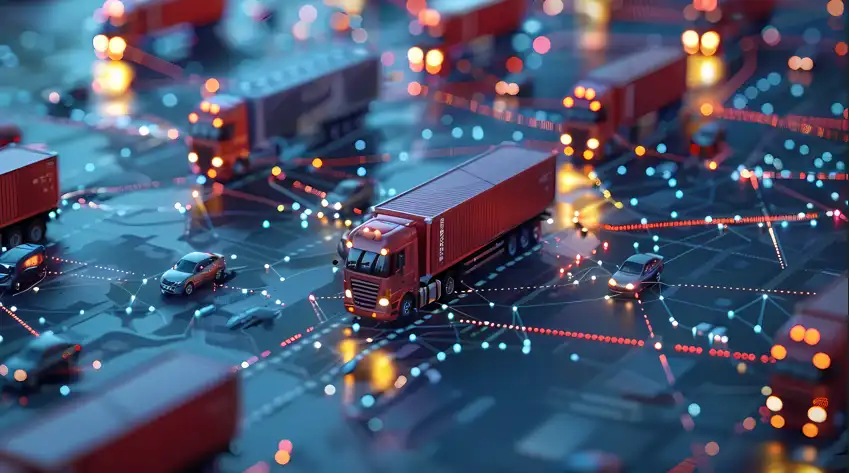It was in the 1950s that the term artificial intelligence (AI) was first introduced, but it wasn’t until ChatGPT was launched in 2022 that the masses began to sit up and take notice.
Likewise, the term “supply chain management” has been around since the 1980s, but it was not until the COVID-19 pandemic that everyone began realising its significance. What about the marriage of generative AI (GenAI) with the supply chain? It’s not a new concept, with 40% of global supply chain organisations already investing in GenAI.
With enterprises suffering from supply chain disruptions due to fragmented data and outdated infrastructure, can GenAI bridge the gap and be the solution to these problems?
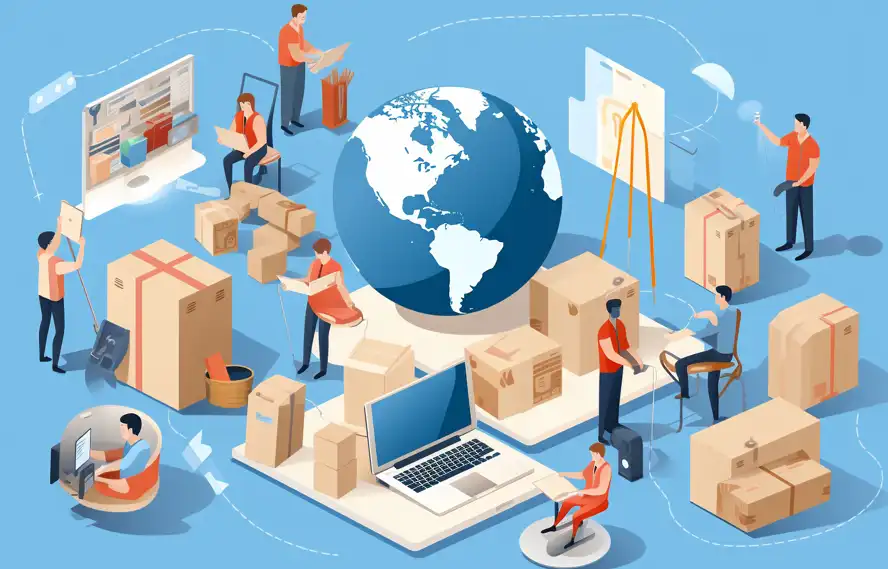
How Is GenAI Employed In The Supply Chain?
GenAI might have seemed like science fiction as little as five years ago but is now being leveraged across the end-to-end supply chain. Modern supply chain systems are expansive, requiring detailed and thorough oversight to avoid unnecessary disruptions.
AI systems are indispensable in a wide range of ways, such as assisting in forecasting by predicting warehouse capacity and production based on customer demand, market trends, and inventory levels. Within inventory management, AI is enhancing supply chain visibility by automating documentation for physical goods and gaining insights from a broader data set collected from IoT (Internet of Things) devices deployed across the supply chain.
For instance, Amazon has been using a fleet of nearly 750,000 IoT-enabled robots across its operations since 2012.
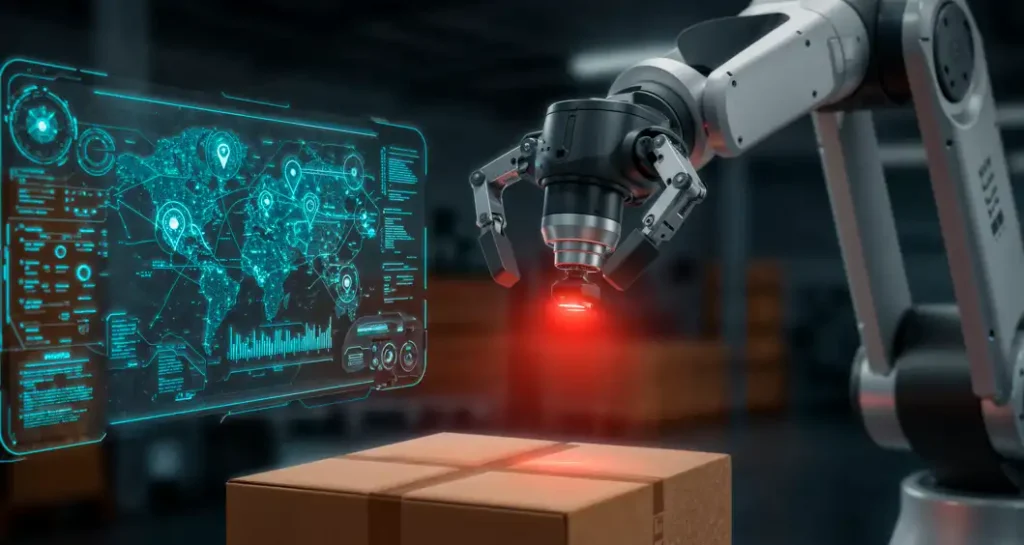
How Is Using AI Across The Supply Chain Beneficial?
With the supply chain growing immensely complex and skilled professionals falling short in terms of numbers, adopting GenAI successfully has several benefits. Firstly, and most importantly, AI can lower operating costs by understanding repetitive tasks and complex behaviours and handling them accurately and quickly by weeding out bottlenecks and inefficiencies.
Using real-time and historical data, AI can make advanced real-time decisions, suggesting a possible solution at that moment. One of the biggest benefits of GenAI is its ability to spot patterns and behaviours, thus finding flaws like product defects and employee errors instantly and streamlining the ERP (enterprise resource planning) framework.
Machine learning (ML) models have their own benefits, planning optimate routes for machinery and workers and improving warehouse efficiency. The supply chain is made even more sustainable with AI offering predictive analytics. Think optimising truckloads, planning more efficient delivery routes, and greatly reducing product waste along the chain.
And, of course, the power of AI-powered simulation is next to none, allowing supply chain managers to understand their operations better by gaining insight and understanding how to improve the network.
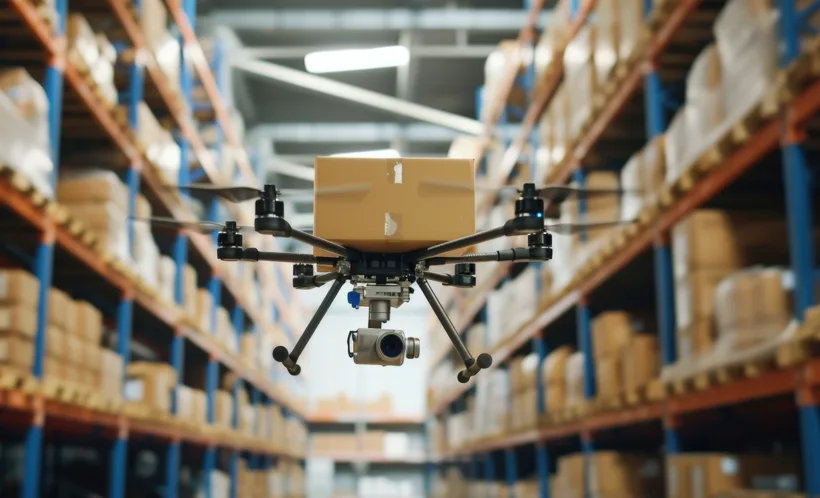
A special shoutout goes out to the concept of digital twins in supply chains, which are virtual replicas of physical supply chains. It extracts data and information from various sources such as ERP systems, GPS, and IoT sensors to mirror physical supply chains. The point? They allow for simulation, real-time monitoring, analysis of operations, and even tweaking the system to find anomalies and alternative solutions to problems that arise within the chain. This leads to overall supply chain optimisation, and better risk management and decision-making.
This isn’t theoretical; it’s already happening across industries. The BMW Group, in collaboration with digital agency Monkeyway, has developed SORDI.ai, a GenAI solution that optimises industrial supply chains and planning processes. It scans assets to create 3D models using Vertex AI, which acts as digital twins performing thousands of simulations, thus optimising distribution efficiency. Even UPS is designing a digital twin of its entire distribution network, so both customers and workers can see where their packages are at any given point in time.
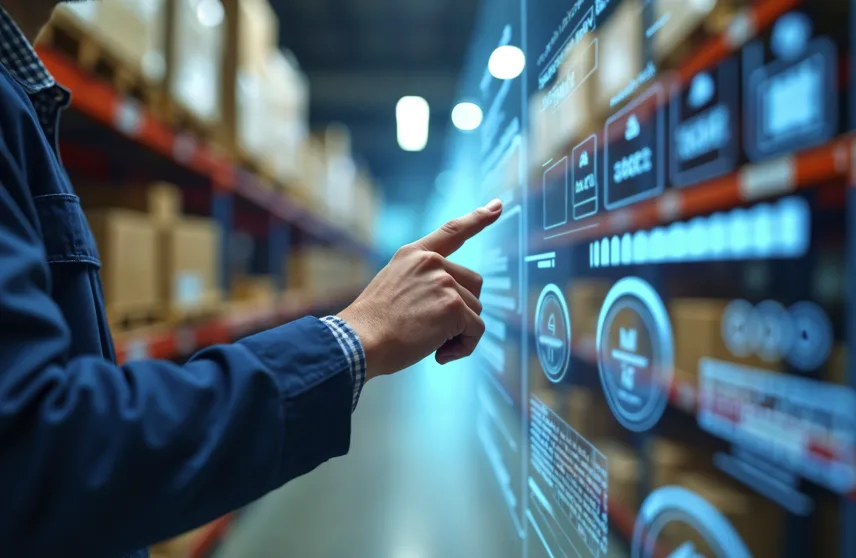
Are There Challenges?
Just because it’s AI doesn’t mean that the system is without its challenges. After all, AI implementation is complicated, and enterprises need to understand the risks and challenges of introducing this new technology.
Firstly, any time that a technology is introduced in an enterprise, individuals who need to interact with it at any level need to be trained, which will likely lead to downtimes. Of course, there are always cost considerations when it comes to implementing AI, ranging from the cost of the software to run the system to that of the ML models. Since AI systems are complex, it needs supply chain planners to stay on top of them constantly, fine-tuning them as required.
There are risks of data inaccuracy, the spread of misinformation and bias, and even overreliance on AI. After all, if the tech does fail, then its human experts who must keep the supply chain up and running. Finally, there will always be the risks of cyberattacks, hacking, surveillance, and concerns surrounding AI hallucinations.
The future is now, and AI isn’t going to replace human intelligence; it’s going to augment it. With investors pouring even more moolah into the technology, the race to pursue innovation and understand the limitations is heating up.
Gen AI might be all set to boost performance and efficiency in supply chains, but it isn’t a magic bullet. Rather, enterprises will have to double down on talent and tech to unlock their complete potential.
In case you missed:
- Can AI Modernise Legacy Systems?
- Blockchain-Based Digital Identity: The Future Of Verification Is Here
- Tokenization of Real-World Assets: Assets Going Digital?
- AI + Web3: Making A Smarter Internet
- AI: Bringing About The Next Agricultural Revolution In India
- Agentic AI and its Future in the Fintech Revolution
- The Next Phase of AI: Deep Research
- Data Centre in a Mine Located in The Alps. What’s Next for Underground Data Centres?
- How AI Can Fortify Cryptocurrency Security
- The Cloud Cost Conundrum: Is Cloud FinOps the Answer?




